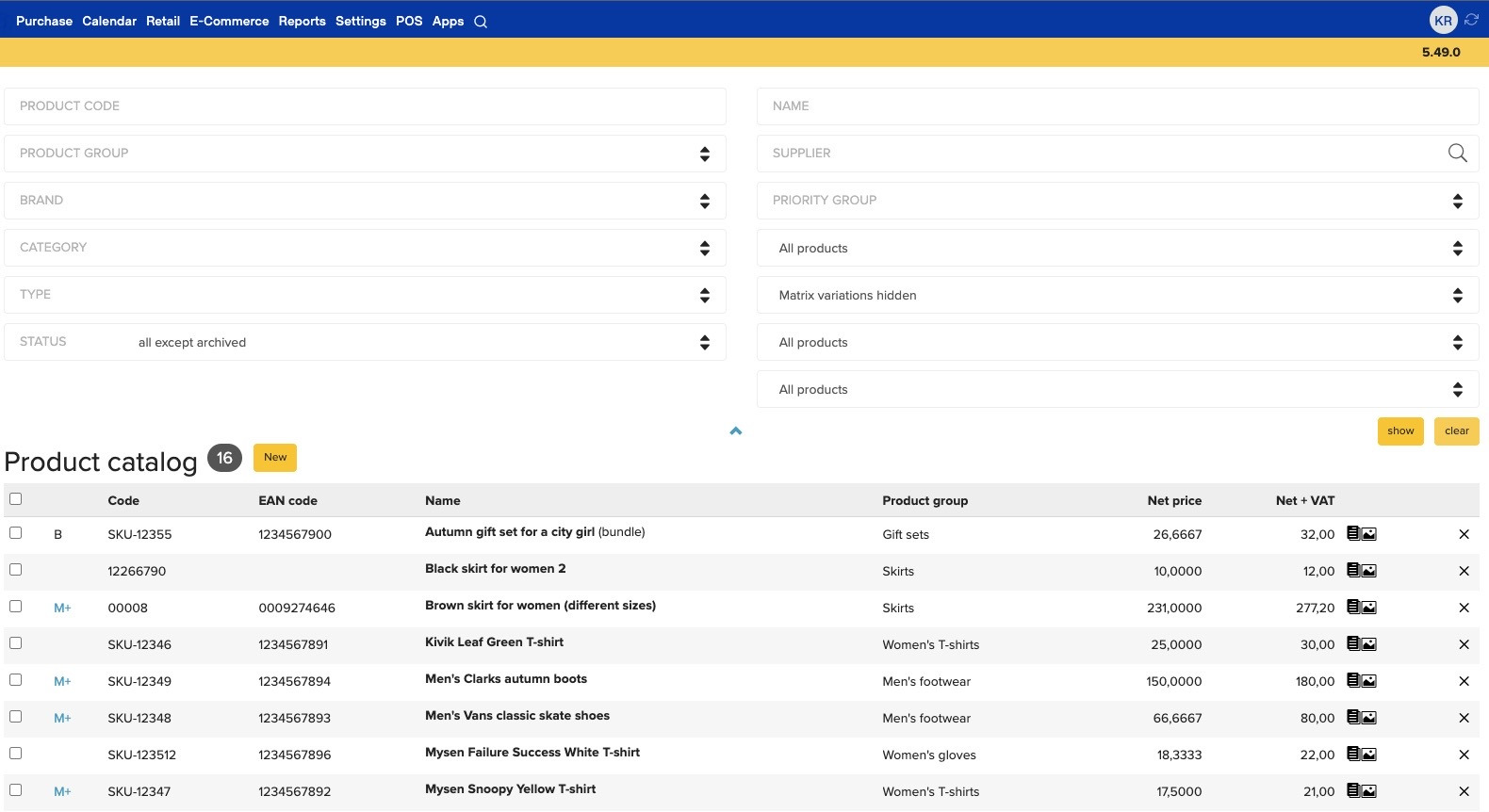There is a growing difference between successful retailers and weaker ones – which have resulted in a 12% drop of the S&P 500 Retail ETF (XRT). While Nordstrom, Macy’s and J.C. Penney shares are down more than 40%, Walmart has grown 27% and Target 12%. How are these two retailers thriving while others struggle?
Finding growth in grocery sales
For the past few years, Walmart and Target have pushed the sale of house staples in order to create and maintain a stream of recurring customers. To increase profit, they have also extended their in-house brand products which are both cheaper to the consumer and have a bigger sales margin.
For small retailers, competing with these established retailers is a huge challenge. Campaigns offering local products, exclusive location-based discounts, and customer perks are a must in order to maintain and grow their client base.
Steering away from apparel sales
Stores that rely mostly on selling clothes may face more problems turning a profit than businesses that base their marketing strategy on food and large electronic sales. Consumers are currently spending less in new clothes while also turning to online services such as Stitch Fix, Rent the Runway and Revolve to satisfy their fashion needs. The current apparel downturn is expected to end until 2021, so retailers should focus their marketing efforts in promoting product lines that have a more stable performance.
Making online shopping even more convenient
To compete with Amazon, Walmart and Target now give their customers the choice to buy items in their online stores and pick them up at their brick-and-mortar locations immediately. This strategy has resulted in an increase in both online sales and store visits. The digital transactions of both retailers have grown over 35% in the second quarter of 2019.
Small retailers should invest in having a friendly -yet powerful- online store. This was the strategy Walmart decided to follow four years ago, which required a huge investment on revamping their e-commerce channel. Although at first it hurt the company stock value, it eventually led up for a growth of over 40% in ecommerce revenue during 2018.
Sign Up










